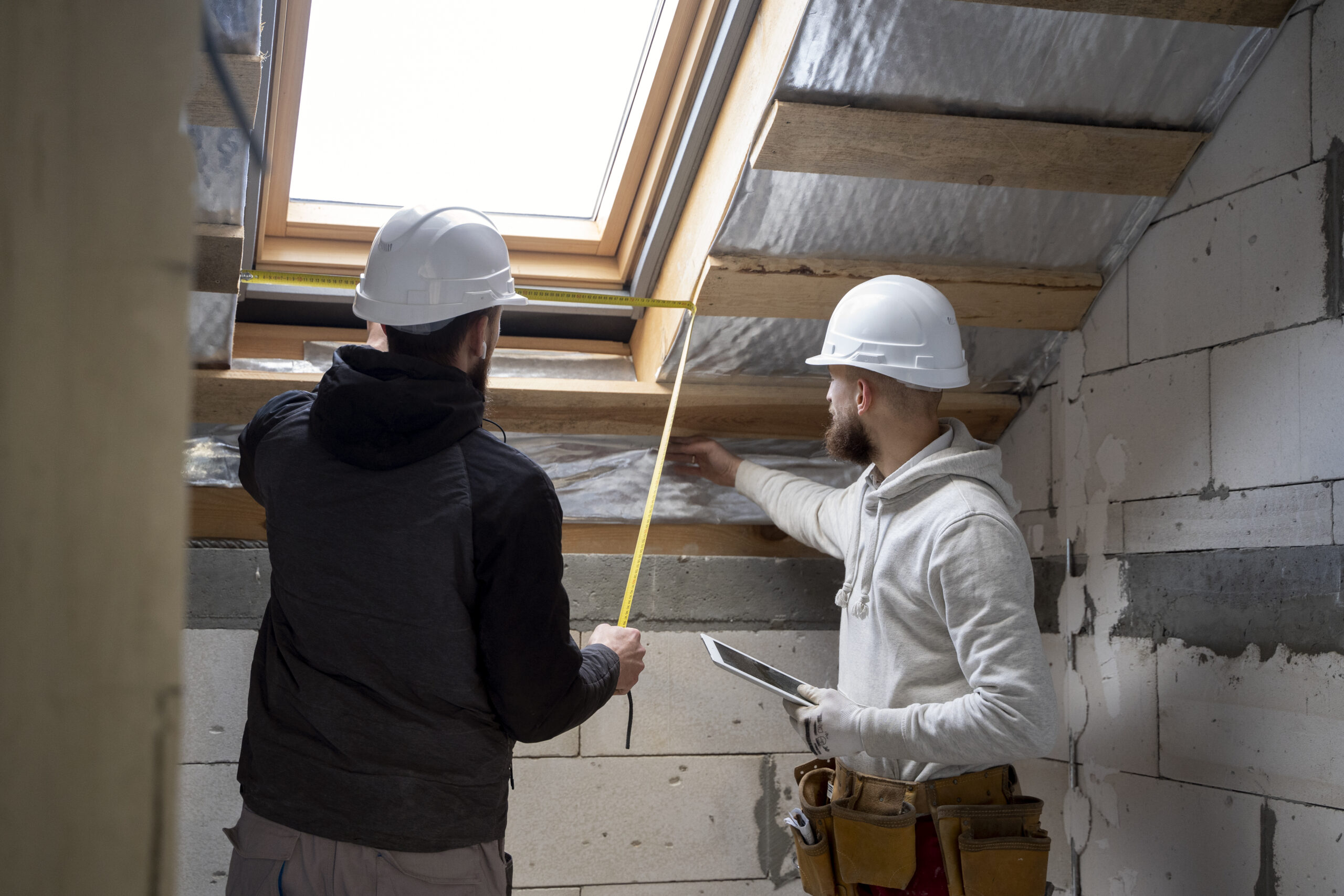
Roof Replacement
What Signals That a Roof Needs Replacement?
Recognizing the signs of a failing roof is key to preventing extensive damage to your home. Common indicators include curling or missing shingles, persistent leaks, water stains on ceilings, or granules collecting in gutters. Sagging spots or visible light through the attic can also point to structural issues. These signs typically suggest that repairs may no longer be enough and complete replacement should be considered to maintain the safety and value of your property.
Once these warning signs appear, acting before damage worsens is essential. A professional assessment from a trusted source, like a roof replacement company, can help determine the roof’s condition and the best course of action. Planning for replacement includes budgeting, selecting materials, and understanding the timeline, all of which are easier to manage with clear guidance. Being proactive helps ensure your home remains protected for years to come.
Factors That Shorten Roof Lifespan
Even the toughest roofing systems face challenges from unpredictable weather. Hailstorms and high winds can damage shingles, while sun exposure can make materials brittle, increasing the risk of cracks and leaks. Roofs shaded by trees are prone to excessive moisture, leading to algae, moss, or lichen growth that can compromise shingle integrity. Homeowners often overlook these issues, leading to moisture problems inside their homes.
Maintenance also significantly affects a roof’s lifespan. Blocked gutters can cause water to pool and seep under shingles, while damaged flashing can lead to leaks. Regular upkeep—like clearing debris, trimming branches, and scheduling annual inspections—can save homeowners thousands. Experts emphasize that early intervention is vital; minor leaks can escalate into major repairs, damaging insulation, woodwork, and electrical systems.
Choosing the Right Roofing Materials
Material selection for roofing is crucial, impacting longevity, durability, and maintenance. Asphalt shingles are popular for their cost-effectiveness and ease of installation, but alternatives like metal, slate, and tile are gaining attention. Metal roofs can last up to 50 years and resist fire, while slate and tile offer exceptional durability. For homes in areas prone to severe weather, impact-resistant shingles or metal panels help reduce storm damage risks, often leading to lower long-term repair and insurance costs. When choosing materials, it’s essential to consider local climate, HOA guidelines, and energy efficiency. Trends are shifting toward sustainable options and cool roof technologies, which can lower energy bills and promote environmental responsibility.
Understanding the Replacement Process
- Initial Inspection: A licensed roofer thoroughly examines the roof structure, underlayment condition, shingle health, and flashing to determine hidden issues.
- Assessment & Quoting: The homeowner receives a detailed written estimate that breaks down labor, materials, waste removal, and any anticipated repairs. Transparency is crucial for avoiding surprise costs.
- Removal of Old Roofing: Crews strip the current roofing down to the decking, revealing any hidden rot or previous patchwork, and dispose of material in an environmentally responsible manner.
- Repair & Preparation: Any rotten decking, weakened fascia, or damaged underlayment is repaired or replaced as necessary, setting a stable surface for new installation.
- Installation: Layers of weatherproof underlayment are applied first, followed by the chosen roofing material, new flashing, and upgraded vents to boost energy efficiency and attic ventilation.
- Final Cleanup: All debris, loose nails, and roofing scraps are cleared, often using magnetic rollers to ensure safety for pets and children. A final walkthrough is encouraged, allowing homeowners to confirm satisfaction.
Discussing the timeline and potential disruptions with your contractor can help set realistic expectations. For example, if bad weather is expected, the schedule may shift. Experienced professionals are generally prepared for last-minute surprises and can offer clear updates as the project progresses. Open communication creates peace of mind and helps ensure a successful outcome.
Budgeting and Financial Considerations
Roof replacement is a significant home improvement project, with basic asphalt shingle replacements starting around $7,000 and more complex jobs exceeding $30,000. Costs depend on material type, roof size, labor rates, and waste disposal. Homeowners must gather itemized quotes from multiple contractors and check if their insurance covers replacement costs, especially after storm damage. Keeping detailed documentation of any damage can help with claims. Setting aside an additional 10–15% of the estimate for unexpected expenses is also wise. A quality roof protects your home and can enhance its resale value and energy efficiency.

